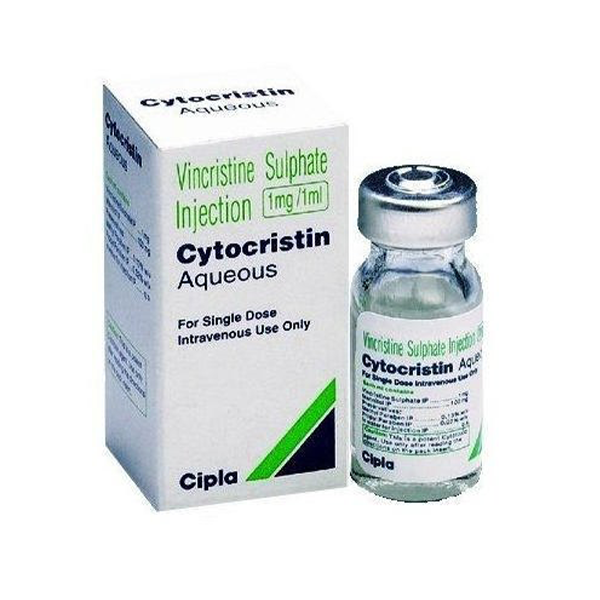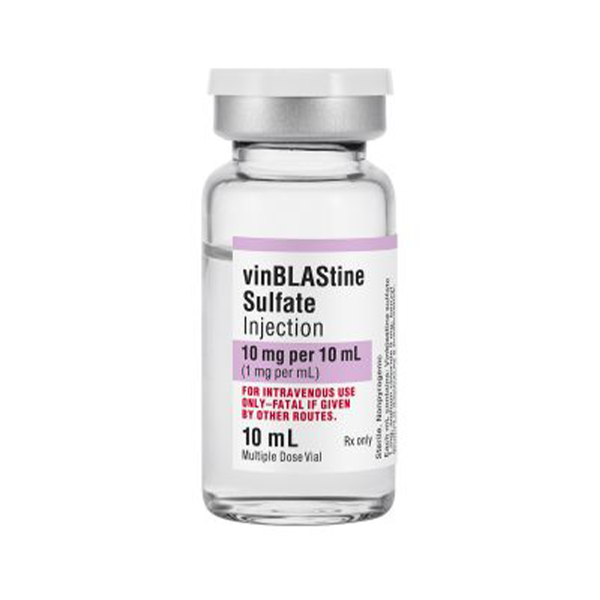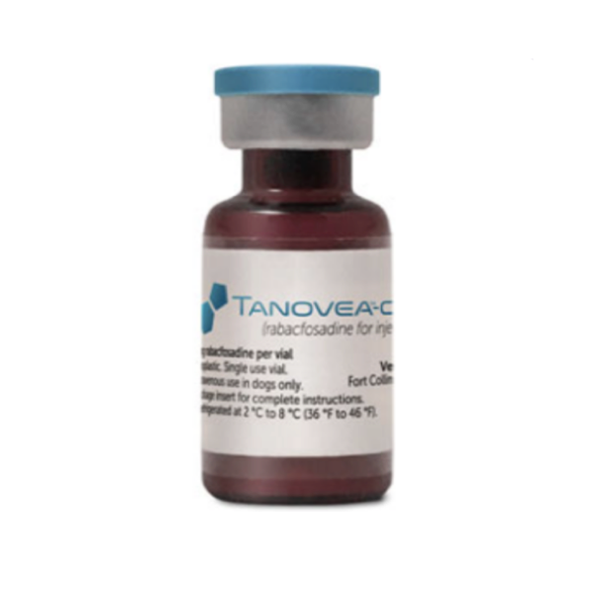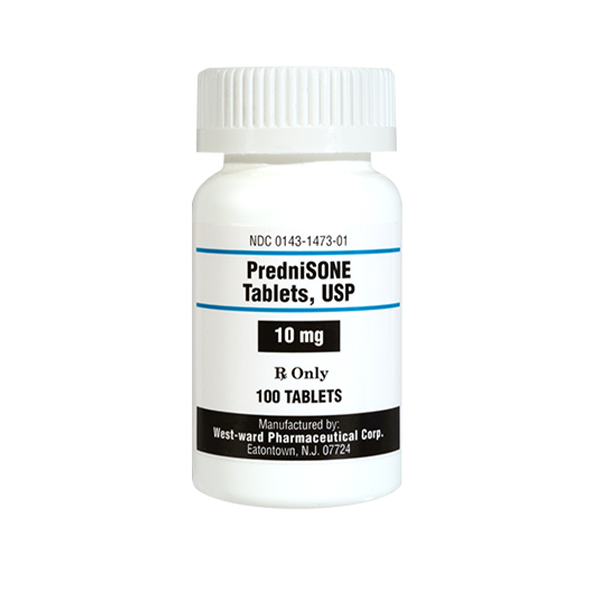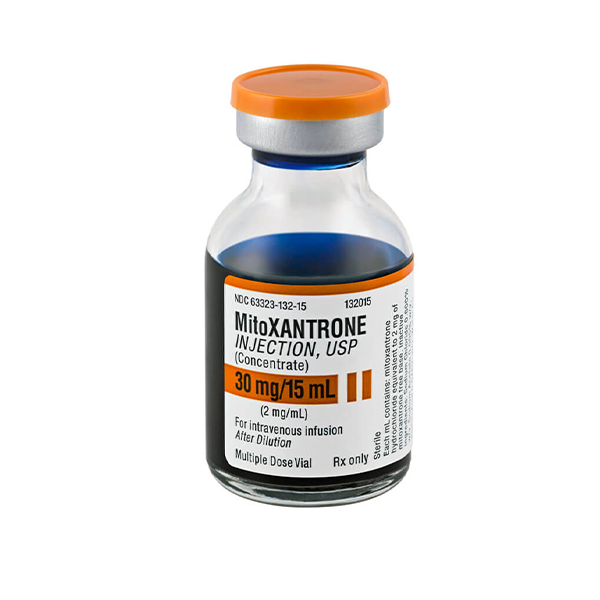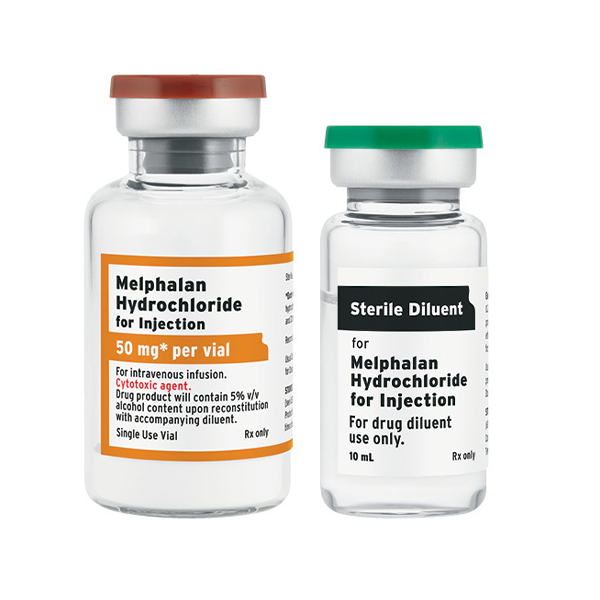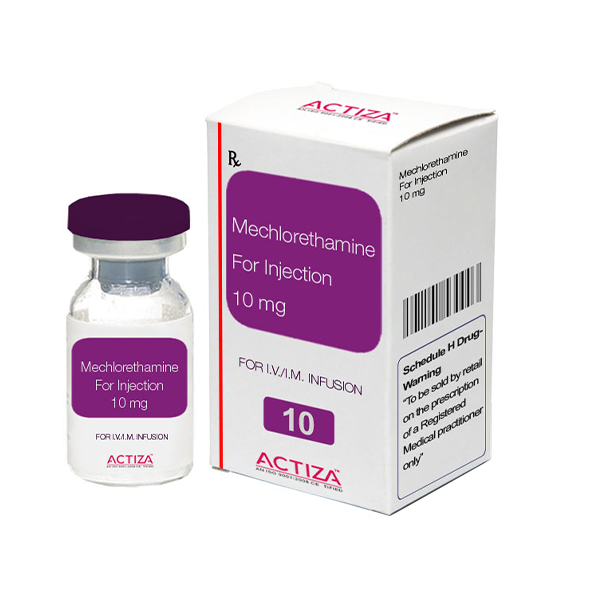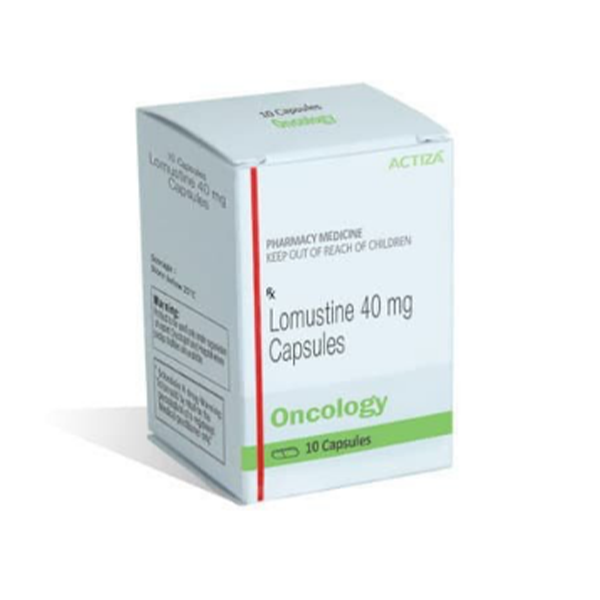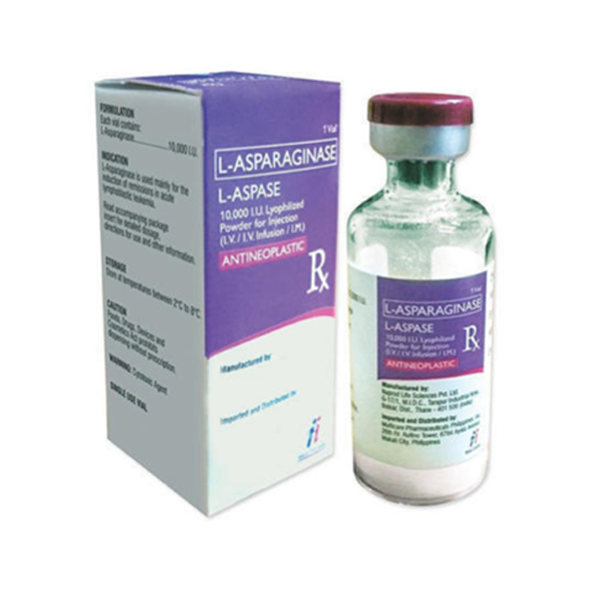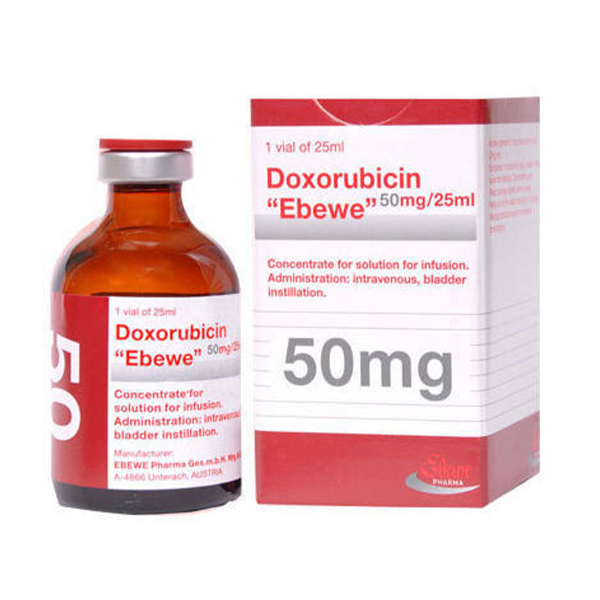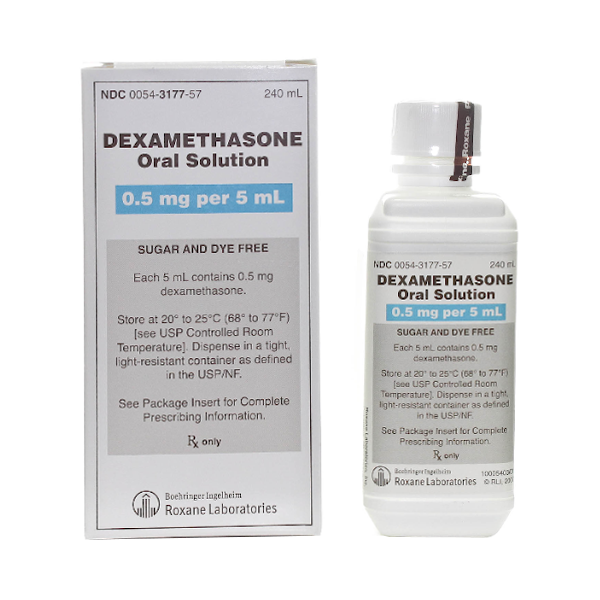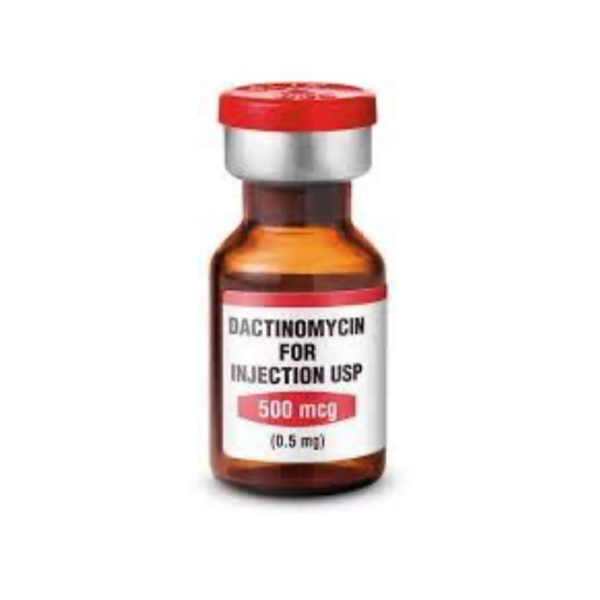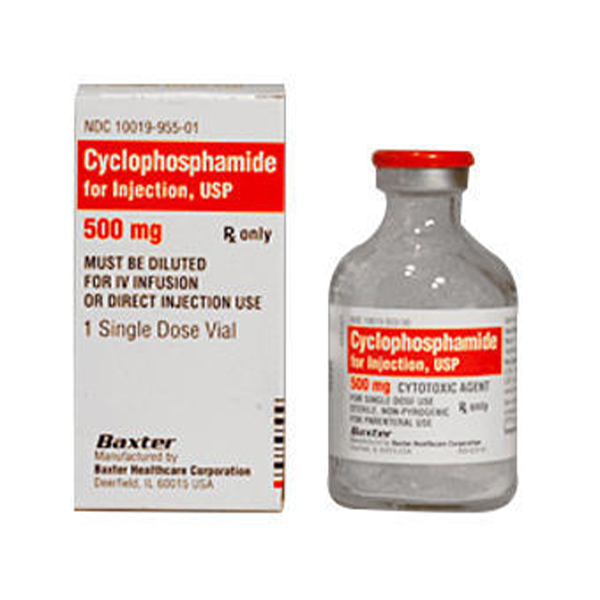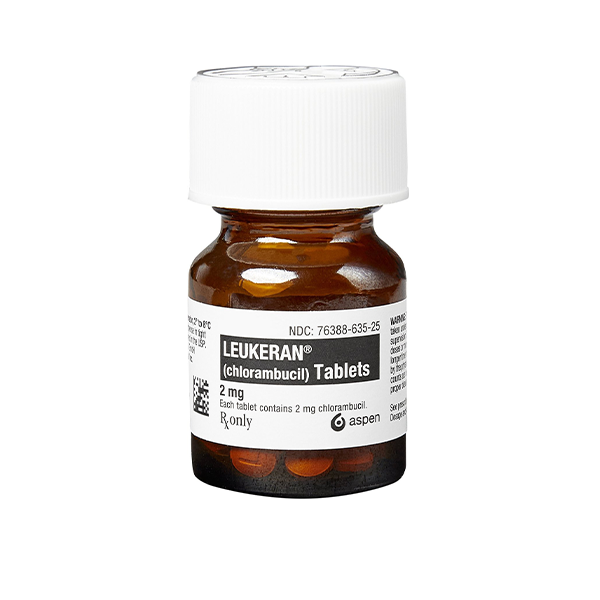Mitoxantrone
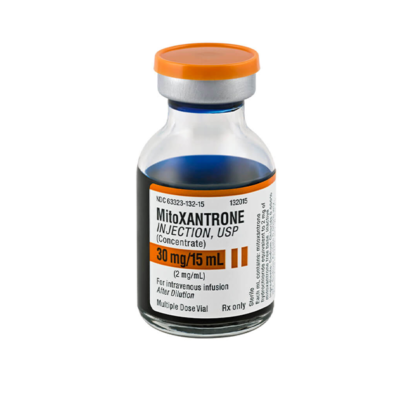
BRAND
Novantrone®
DRUG TYPE
Anti-cancer chemotherapy drug with cytotoxic and antineoplastic properties
CONDITIONS TREATED
Used in combination with steroids for hormone-resistant, advanced prostate cancer; also used for acute myelogenous leukemia (AML), breast cancer, relapsing multiple sclerosis, and non-Hodgkin’s lymphoma
ADMINISTRATION
Injection into a vein (intravenous, IV).
CYCLES OF TREATMENT
Usually once every two week
LENGTH OF TREATMENT
Up to a few months
What is mitoxantrone?
Mitoxantrone is a medication used to halt cancer growth. This synthetic drug is classified as an antitumor antibiotic and is similar to a natural compound extracted from a species of soil fungus called Streptomyces. Mitoxantrone disrupts DNA synthesis and repair by inserting itself between the DNA bases and blocking enzymatic unwinding of the two DNA strands.1
Cancerous tumors are characterized by an out of control, rapid cell division and are unable to stop dividing when they contact other like cells. This “contact inhibition” serves to limit normal cell division during the cell cycle. Basically, the cell cycle describes the changes in a cell as it moves from its resting state, through active growing, and then to cell division which is called mitosis. Mitoxantrone interferes with DNA functions during multiple phases of the cell cycle and is cytotoxic to both rapidly dividing healthy and non-healthy cells. Similar to many chemotherapeutic agents, cells dividing rapidly are more likely to be destroyed. Unfortunately, rapidly dividing cells such as blood cells and cells lining the gastrointestinal tract and hair follicles are also adversely affected.2
What is mitoxantrone used for?
Mitoxantrone is used to treat the advanced prostate cancer that does not respond to hormone therapy, as well as certain types of leukemia and relapsing multiple sclerosis.3 It has also been used for acute myelogenous leukemia (AML), breast cancer and non-Hodgkiin’s lymphoma.2
How is mitoxantrone given?
Mitoxantrone is cytotoxic and should be handled with care. It is provided as a solution to be injected. The exact mass and volume to be used for your pet will be based on your dog’s weight, health, and the type of cancer being treated. The prescribed dose is usually administered at a veterinary hospital. The length of treatment depends on other types of drugs your pet is taking, your pet’s response to them, and results from other treatments such as surgery or radiation.2
Mitoxantrone is delivered into a vein by intravenous injection (IV push) or infusion (IV). There is no pill form. It is the best to find a veterinary health practitioner who has experience with oncology since the intravenous delivery of this drug requires special training. Mitoxantrone is a vesicant that can cause extensive tissue damage and blistering if it escapes from vein.2 Be sure to examine your dog for signs of redness, pain or swelling at the IV site after treatment. If these symptoms occur, alert your health care professional immediately.
Before using mitoxantrone
Discuss the following topics with your veterinarian:2
- Ask your veterinarian for a list of ingredients in the mitoxantrone solution.
- Tell your vet if your pet is allergic to mitoxantrone or any of the ingredients in the injection solution.
- Make a list of other medications, vitamins, nutritional supplements, and herbal products that you are administering to your dog.
- Be sure to let your vet know if you have noticed any recent signs of fever in your animal or if your dog is on other cancer medications and treatments such as radiation.
- Let your vet know if your dog has been immunized or vaccinated recently; do not schedule these treatments while your dog is taking mitoxantrone.
- Do not take aspirin, or products containing aspirin unless your vet recommends.
Make sure mitoxantrone is safe for your dog by reviewing the list below. Let your vet know if your pet has a history of any of the following:3
- Prior treatment with mitoxantrone.
- Heart disease, high blood pressure
- Weak immune system (bone marrow suppression)
- Any type of infection
- A bleeding or blood-clotting disorder
- A blood cell disorder, such as anemia (low red blood cells) or low levels of blood platelets
- Liver disease
- Treatment with daunorubicin (Cerubidine, Daunoxome) or doxorubicin (Adriamycin, Doxil)
Using mitoxantrone may increase your pet’s risk for developing other types of cancer. It is also harmful to fetal development and should not be used if your dog is pregnant or nursing.
While administering mitoxantrone:
It is important that your pet remains under the care of a veterinarian while receiving the drug. The following information provides more clarity:3
- Mitoxantrone is delivered directly into the vein (intravenous), and this treatment should be administered by a carefully trained veterinary health care provider.
- Your veterinarian will determine the dose and schedule for administering mitoxantrone based on our dog’s weight, general health or other health problems, and the type of cancer or condition being treated.
- This is a cytotoxic drug and must not be allowed to leak out of veins (extravasation). It is a serious irritant and can cause redness, swelling, and pain around the injection site.
- Mitoxantrone is associated with a lower blood cell count which compromises your pet’s ability to fight infection and to clot blood. In order to monitor this, your vet may order blood tests frequently. These tests will be used to obtain your pet’s complete blood count (CBC) and to assess the function of other organs, especially cardiovascular function.
- Mitoxantrone can cause serious heart damage. During treatment, your vet may check your pet’s heart rate using an electrocardiograph and the heart’s pumping ability using an echocardiogram.
- Depending on the results of these tests, your pet’s treatment may be modified or delayed to allow the blood cell numbers to be replenished before continuing this medication.3
- You should know that mitoxantrone injection is dark blue in color and may cause the white parts of your dog’s eyes to have a slight blue color or change the color of your pet’s urine to a blue-green color for about 24 hours after treatment.4
- Mitoxantrone can have long lasting effects, and your veterinarian may want to check your pet’s heart function at yearly visits even after his mitoxantrone treatment ends. Do not miss any scheduled appointments.
SIDE EFFECTS & OVERDOSE
Possible side effects
The following symptoms require medical attention but are not emergency situations.
Contact your veterinarian within 24 hours of noticing any of the following:2
- Nausea (interferes with ability to eat and unrelieved with prescribed medication)
- Vomiting (vomiting more than 4-5 times in a 24-hour period)
- Diarrhea (4-6 episodes in a 24-hour period)
- Loss of appetite
- Unusual bleeding or bruising
- Black or tarry stools, or blood in your dog’s stools or urine
- Extreme fatigue (unable to carry on activities)
- Mouth sores (painful redness, swelling or ulcers)
- Signs of infection such as redness or swelling, coughing up mucous, or painful urination.
Mitoxantrone may cause dangerous effects on your dog’s heart. Call your doctor immediately if your pet develops fast or pounding heartbeats, shortness of breath (even with mild exertion), swelling, or rapid weight gain.3
Contact your veterinarian immediately if your dog experiences any of the following symptoms:4
- Fever of 103oF or higher; chills are possible signs of infection
- Unusual bleeding or bruising
- Small red or purple dots on skin
- Hives
- Itching
- Rash
- Difficulty swallowing
- Shortness of breath
- Fainting
- Pale skin
- Yellowing of skin or eyes
- Swelling of feet or ankles
- Sudden weight gain
- Seizures
- Redness, pain, swelling, burning, or blue discoloration at the injection site
In case of overdose or if your pet shows any of the following symptoms call your vet for help:4
- Collapse
- Seizure
- Trouble breathing
- Unconscious
Get emergency medical help if your dog shows signs of an allergic reaction:5
- Rash
- Hives
- Difficult, labored breathing
- Swelling of face, lips, tongue, or throat.
Drug interactions may change how your pet’s medications work or increase the risk for serious side effects. Keep a list of all products your pet uses since they may interact with mitoxantrone. This list should include prescription/nonprescription drugs, vitamins, herbal products, and supplements. Share this list with your vet.
Serious interaction may occur when mitoxantrone is combined with the following drugs:6
- adenovirus types 4 and 7 (live, oral)
- darolutamide
- deferiprone
- influenza virus vaccine trivalent, adjuvanted
- live vaccines
- palifermin
- tofacitinib
Do not start, stop, or change the dosage of any medicines without your vet’s approval.
If your pet loses their appetite and stops eating, try the following:
- Take your pet’s temperature. Call the hospital if it is above 103 or below 99 o
- Provide interesting and enticing foods such as chicken, turkey, and hamburger or try chicken and lamb baby food (dogs only).
- Add broth or yogurt to your pet’s food.
- Avoid foods that are too fatty or rich as these can cause digestive problems.
- Call your veterinarian if your pet has not eaten for more than 2 days.
Nausea, Vomiting and Diarrhea
- Call the hospital if your pet experiences any of the following: Temperature is greater than 103 or below 99 oF; diarrhea lasts for more than 48 h, or vomiting for longer than 24 h.
- Withhold food and water for 12 hours, and then offer small amounts of water every 2 hours.
- If your pet does not vomit after drinking small amounts of water, bland food such as chicken or turkey can be offered (boiled or baked, not fried). Boiled hamburger (fat skimmed off) or boiled white rice are also good choices.
- If your pet tolerates small amounts of these bland meals without vomiting, a normal diet can be resumed gradually over a 3-day period.
- If your vet agrees, give anti-nausea medications as prescribed. For example, 1/2 of a 160 mg tablet of maropitant citrate (Cerenia®) by mouth once daily (80 mg/day) or as required if nausea, vomiting and loss of appetite are noted.
- If diarrhea is persistent, give 1½ tablets (375 mg) of metronidazole (250 mg: Flagyl, anti-diarrheal antibiotic) by mouth twice daily for up to 5 days.
- Fortiflora (Anti-diarrheal probiotic) can also be administered to suppress diarrhea. Follow packet instructions for up to 7 days.
Hair loss
- Most dogs do not lose their hair following chemotherapy. However, breeds that exhibit continuous hair growth, such as poodles, Bichon Frises and some terriers are more prone to this side effect.
- For those pets that lose excessive hair, perhaps a dog sweater or coat may keep your dog more comfortable when going out in cold weather.
Skin damage
- Occasionally sores develop; try to keep your pet from licking at the area.
- You may need to wrap the limb or apply an Elizabethan (cone) collar to help prevent your pet from licking at the area.
- Apply a cool compress if your pet has any pain, redness or swelling at the IV site.
- Notify your vet if you observe these symptoms and they worsen.
Other suggestions for the use of the mitoxantrone
- Encourage your dog to drink at least 2 quarts of fluid every 24 hours, unless you were told to restrict fluid intake. This will decrease the risk of dehydration and constipation,
- After administering the drug, be sure to take your dog out to empty their bladder frequently, especially during the first 24 hours.
- This medication increases the risk for infections so try to keep your dog away from the public, and report chills, fever, or any other signs of infection immediately. Make sure your dog gets plenty of rest.
- Avoid sun exposure.
- Maintain good nutrition and gentle exercise such as a daily walk.
- If your pet experiences symptoms or side effects, be sure to discuss them with your veterinarian. He or she can prescribe medications and/or offer other suggestions that are effective in managing such problems.


